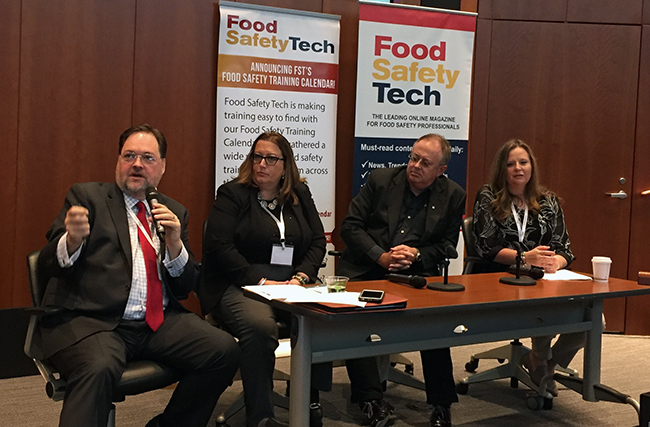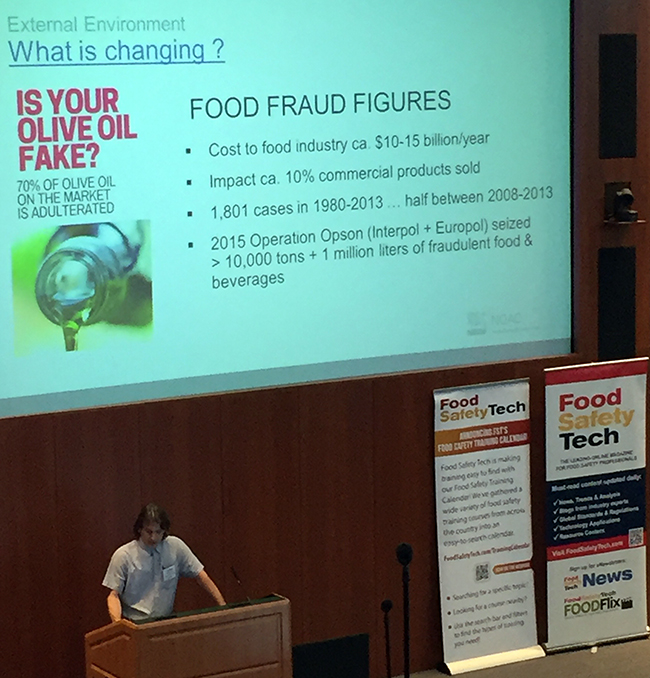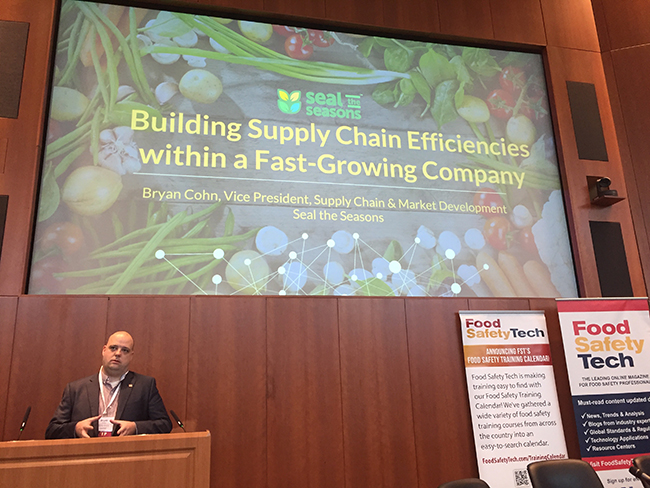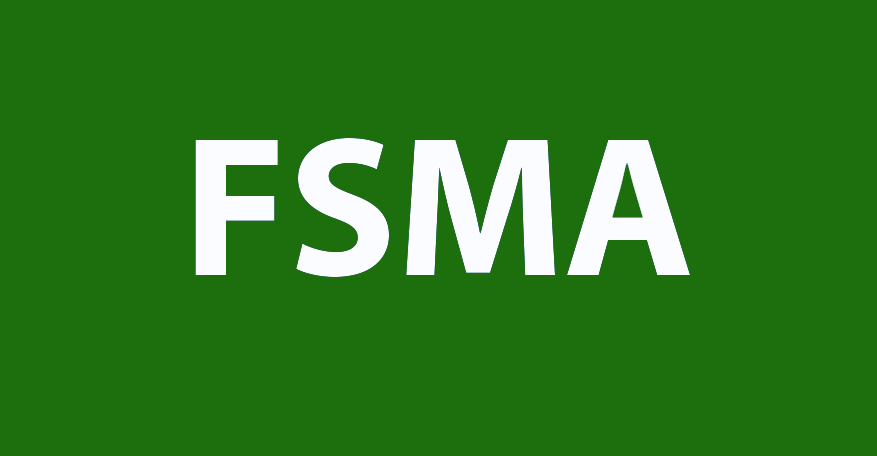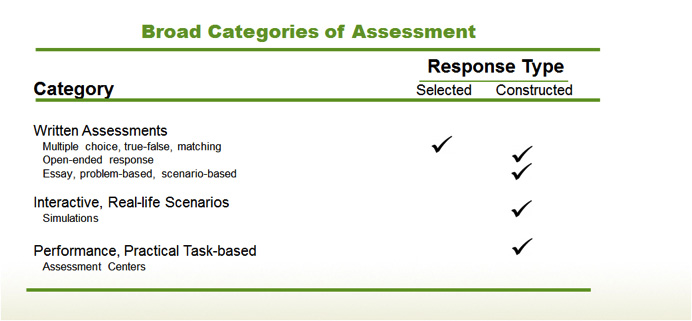Unless you’ve been living under a rock, it’s been hard to miss the food safety-related headlines of the past month: E. coli in romaine lettuce, Salmonella-tainted eggs, norovirus-infected oysters sickening hundreds, and hepatitis A crises across several states, to name just a few. Since 1993 when an E. coli outbreak linked to ground beef at a fast food chain resulted in the deaths of several children, food safety has been on the radar of most major foodservice groups. Yet, surprisingly, food safety often doesn’t have its own crisis management plan within organizations.
At the 2018 Food Safety Consortium, don’t miss the Plenary Panel Discussion: Crisis Management: Don’t let that crisis sink your business!A Single Food Safety Crisis Can Ripple Across Your Operation
A food safety crisis can have tremendous impacts on an organization, leading to lost sales, negative media and social media publicity, unsavory online reviews, temporary restaurant closure, lost wages for your staff, increased scrutiny on other locations, lawsuits and more.
In a 2016 survey of more than 500 consumers, it was revealed that food safety incidents stick with consumers—and that can impact your reputation and your bottom line for much longer than you may realize.
- Of the respondents, 62.5% said they were aware of a food safety incident at a restaurant in the last six months.
- A foodborne illness outbreak isolated to a single location of a chain restaurant would prevent many of the survey respondents from dining at other locations in the chain; 34.1% of respondents said that if they knew about an outbreak at a single location, they’d avoid eating at other restaurants in the chain for more than six months. Worse, 17% said they’d never eat at the chain again.
- If a foodborne illness outbreak is linked to multiple locations of a restaurant, consumers get even tougher. A whopping 37.5% would avoid eating at the entire chain for more than six months. There’s more disturbing news: 31.7% of the respondents said they’d never eat at that chain again.
Food safety incidents don’t have to be large scale to be significant and get into the consumer eye. They happen every day, in small scale, for many foodservice operations. Think about how the following incidents could impact food safety in your organization:
- A power outage knocks out refrigeration for a single location for 12 hours
- A boil water advisory is issued for a large city
- A fire extinguisher is discharged in a kitchen to put out a small fire
- A hurricane brings widespread flooding to a metropolitan area
- A child whose parent asks about peanut allergies is served a food containing peanuts
- A child becomes ill in a restaurant and vomits
- A kitchen employee is diagnosed with hepatitis A and continues to work without disclosing the illness
- A location is closed by the health department for a pest infestation
- Several locations were supplied with a food item involved in a major recall for contamination
Each of these incidents is related to food safety. Would your employees, from the top down, know what actions to take in each specific situation? Most senior or executive-level C-suite personnel might know what to do, but that type of training often never makes it down to the operator level. When an incident does happen, it leaves location level management and employees scrambling to figure out what to do; often, the steps they take are incorrect, and can even exacerbate the situation.
What’s Trending in Food Safety Incidents
Over the last 24 months, we’ve helped many major brands in resolving crisis situations. The top five types of crisis incidents we’ve assisted with include:
– Potential Hepatitis A exposure
– Potential Norovirus outbreaks/exposure
– Health department closure
– Power outages
– Boil water advisory
Just as organizations prepare for other crises—fire drills, food shortages, staffing problems, active shooters—having crisis plans for food safety incidents can help an organization’s players know what to do when a food safety incident occurs. This goes beyond risk mitigation to actually knowing what steps to take when specific types of crisis happen. Proper planning for crisis management includes:
- Identifying the most likely crisis situations and developing a plan of action for each of them.
- Identifying who all the key players are going to be in the management of the crises, from C-suite to public relations to individual location responsibilities, and communicating that to all team members
- Outlining all the steps to be taken in a crisis
- Building familiarity with a defined plan for operators of an individual location
- Presenting an opportunity to practice the plan before a crisis occurs (training)
- Crisis management doesn’t end with the crisis; following any crisis, key stakeholders should review the crisis management plan for that incident to determine if updates or changes are needed
What to Look for in a Crisis Management Partner
Crisis management isn’t something to go alone if you don’t have internal expertise on your team. Crisis management goes beyond public relations—it should include training and step-by-step processes for each specific type of crisis. So what should you look for in a food safety crisis management partner?
- A partner who has food safety knowledge and practical experience in dealing with crisis
- A partner who has familiarity with the different types of crises you outline as critical for your organization
- A partner who engages team members and can help you conduct training from the top down
Why Now?
Crisis management should be part of every organization’s plan already, but if it’s not, there are some key reasons to act now. A number of current events are having a substantial impact on the foodservice community, increasing the need for food safety crisis management plans.
- Hepatitis A outbreaks. States including California, Michigan, Kentucky and Indiana have had a significant increase in the number of hepatitis A cases reported. While this problem doesn’t start in the foodservice community, it does impact it—because as communities see higher cases, the chances of a food handler coming into contact with an ill person and contracting hepatitis A increase. Hepatitis A can be easily spread through food, so it’s critical that foodservice operations have a crisis management plan to deal with exposure incidents.
- Norovirus. Norovirus-related outbreaks and foodservice operation closures—and the media exposure that goes along with them—have been on the rise for the last several years. Norovirus can create problems for operations in a number of ways, from employees working while sick, to customers getting sick in the establishment, to foods being contaminated with norovirus. Knowing how to respond to norovirus incidents is critically important, as norovirus outbreaks can lead to location closures, costly disinfection costs, unwanted publicity, lawsuits, and more.
- Increasing turnover. With unemployment rates at record lows, foodservice operations are facing an employment crisis, unable to hire enough workers. This can increase the opportunity for food safety incidents as routine tasks and processes may be “short cut” during an employment shortage.
- Delivery. The skyrocketing demand for delivery has led chains to quickly put together delivery plans. Crisis management should be addressed as part of any delivery plan, as there are any number of variables which could lead to potential incidents in delivery.
Don’t wait until a food safety incident occurs to figure out your crisis management plan. Start work today to ensure that when a food safety crisis occurs, your team and your brand can weather the storm.







